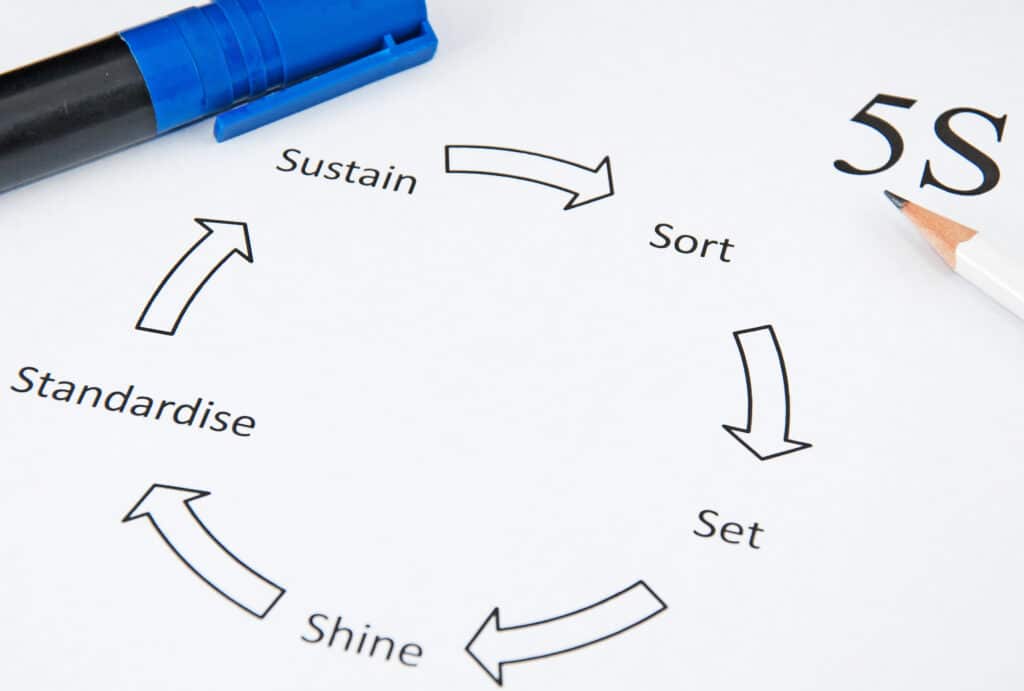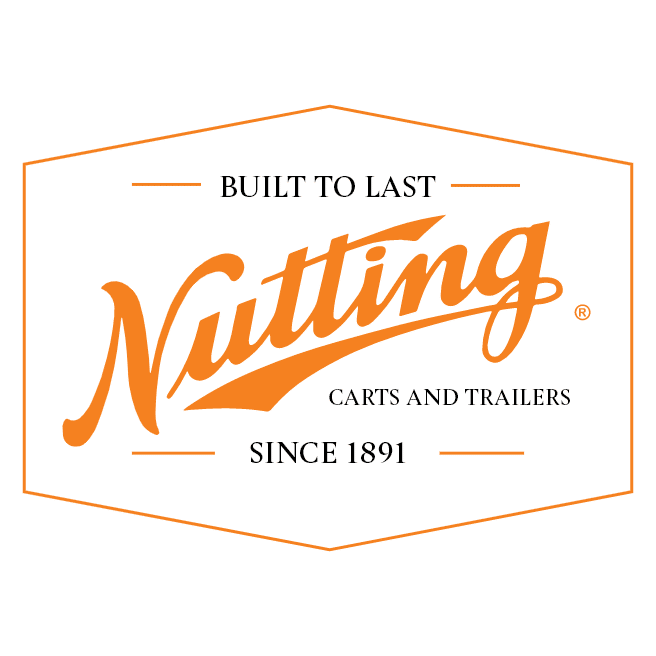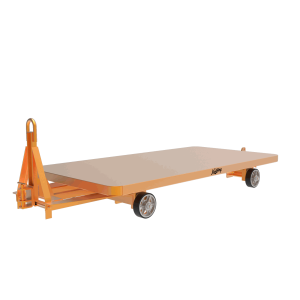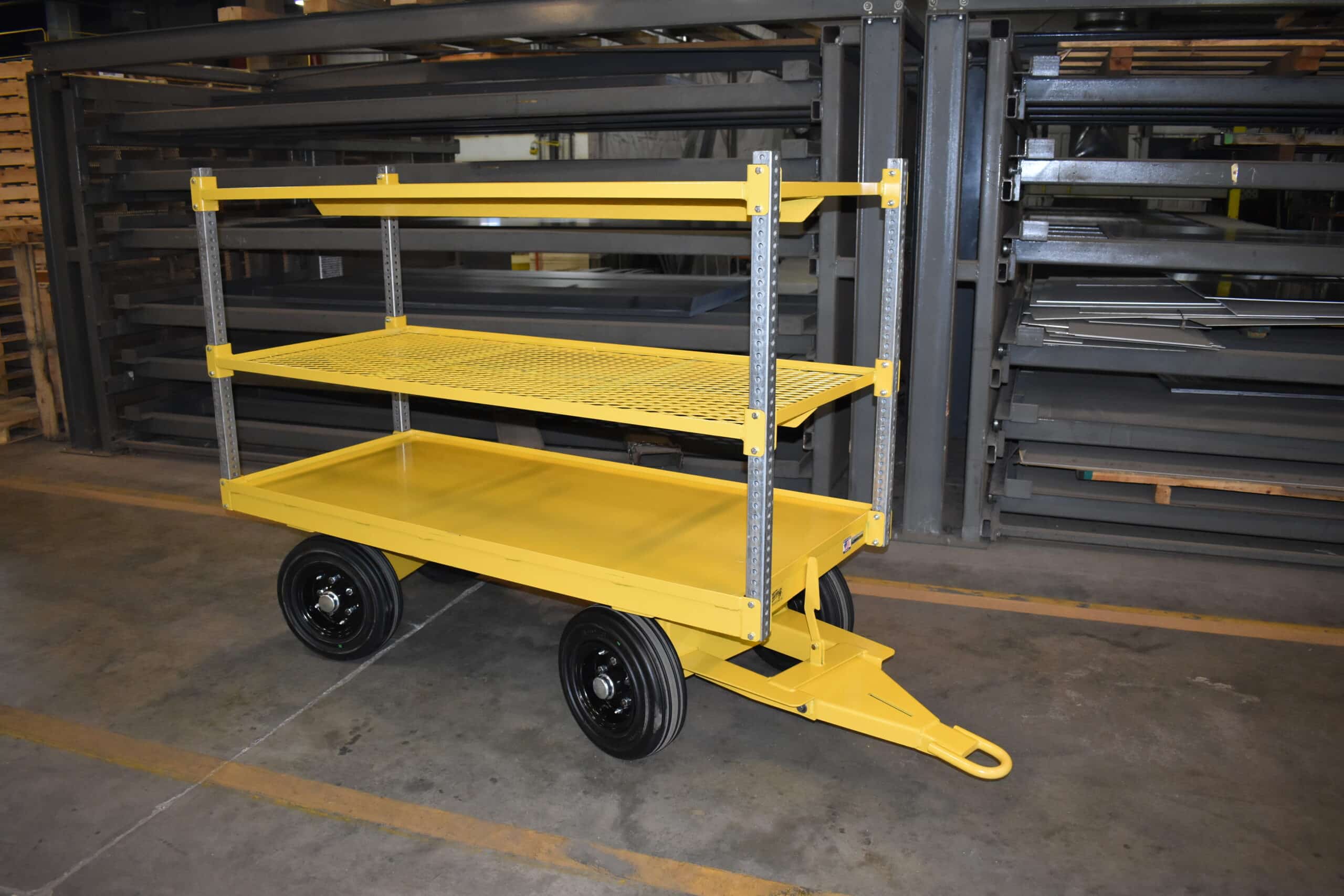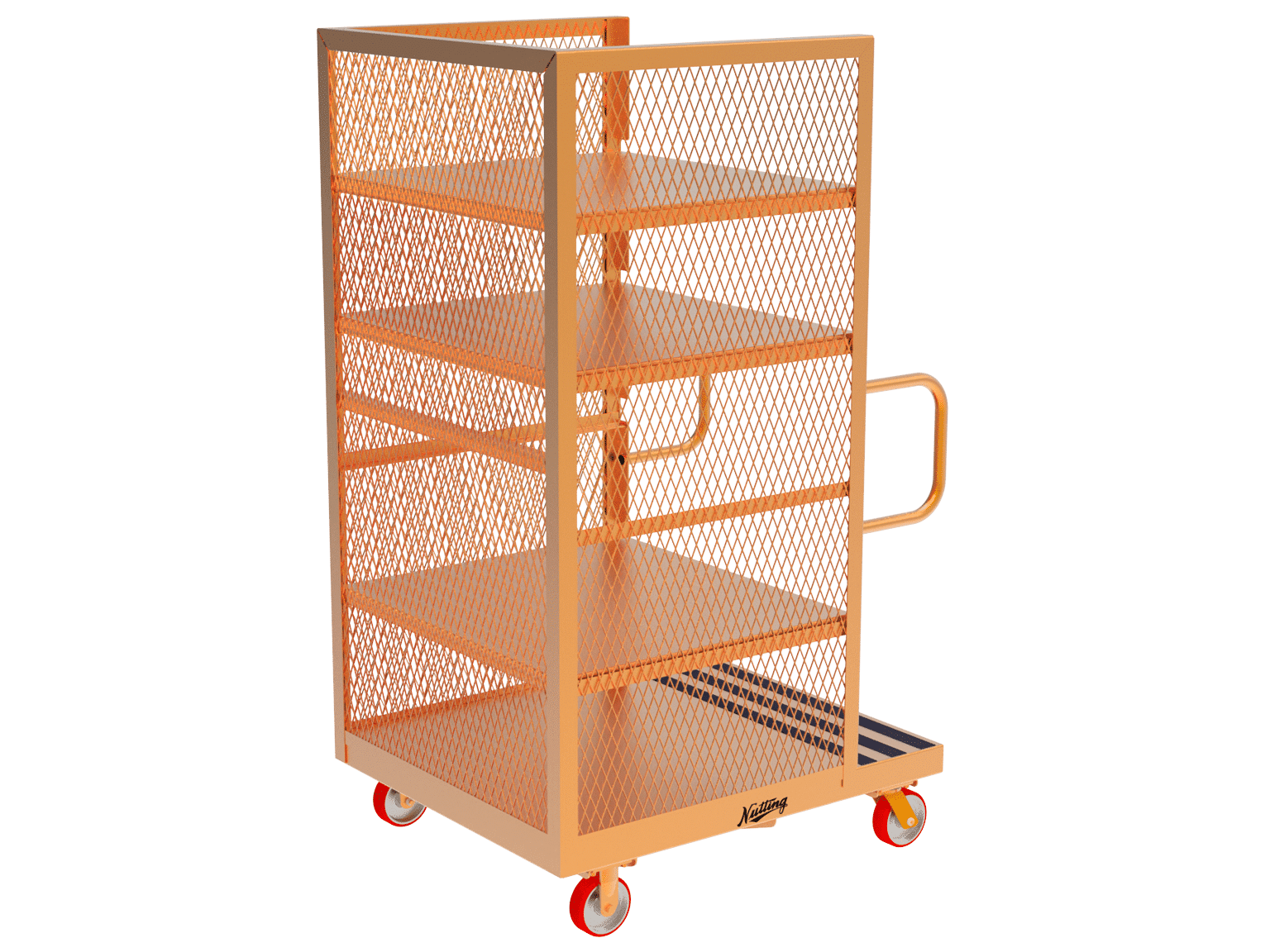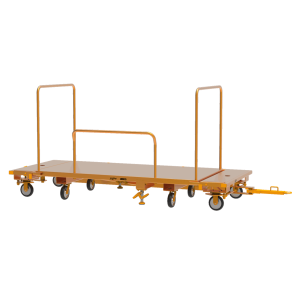We are at a crucial point in sustainable warehouse management where efficiency and productivity are realistic goals, not just dreams. In this changing time, the Lean Warehouse model is a symbol of innovation. It is changing the supply chain with a focus on 5S Warehouse Best Practices.
Lean Warehousing Principles: The Foundation of Warehouse Efficiency
Efficient warehouse operations prioritize eliminating waste and unnecessary processes that do not add value. This method creates a very efficient warehouse with optimal space use, shorter lead times, less handling, and happier customers. It shows the perfect example of optimizing a warehouse, with efficient organization and careful planning.
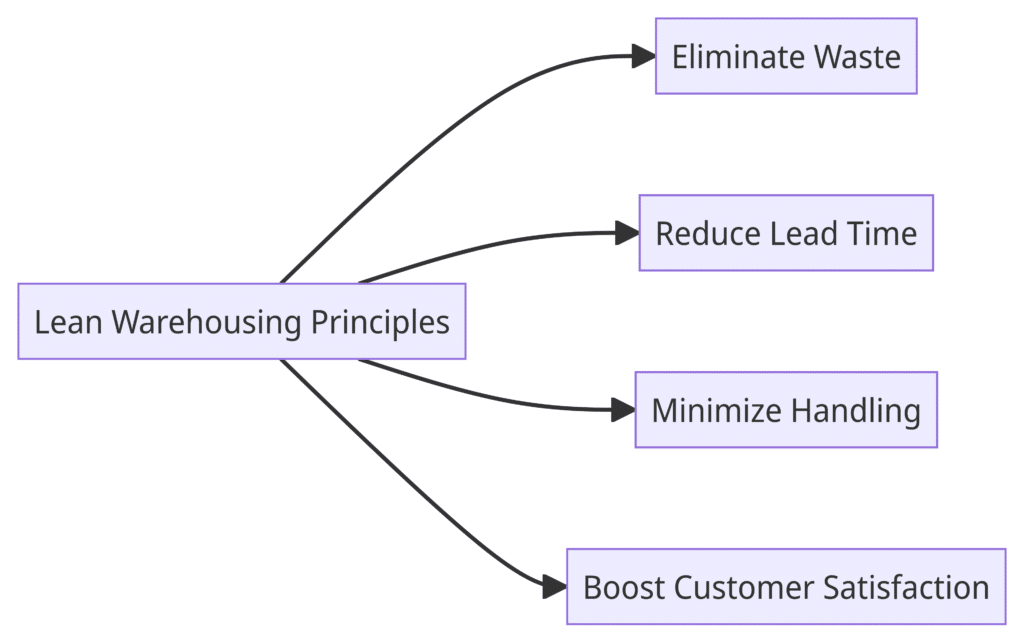
Exploring 5S Methodology in Warehouse Management
A Lean Warehouse follows the 5S method to organize and standardize procedures for a well-structured workplace. Japan created the 5S system, which consists of five main principles: Sort, Set in Order, Shine, Standardize, and Sustain.
Seiri (Sort): The First Step Towards a Lean Warehouse
Seiri, the initial step, mandates the sorting of items based on their utility. This process empowers us to distinguish the necessary from the superfluous, eliminating the latter. This step improves warehouse efficiency by making sure only useful items take up space, making operations smoother and increasing productivity.
Seiton (Set in Order): Facilitating Flow in the Lean Warehouse
Seiton promotes efficient organization by arranging important items for easy access and identification. It further advocates for a warehouse layout that promotes the smooth flow of operations—a vital aspect of Warehouse Organization. This principle reduces wasteful time spent searching for items, decreases the chance of inventory mismanagement, and accelerates the order fulfillment process.
Seiso (Shine): Keeping the Lean Warehouse Spotless
The third “S”, Seiso or Shine, underlines the importance of regular cleaning and maintenance. Keeping things clean helps equipment last longer and creates a safe, nice place to work. Regular cleaning also helps to quickly identify and rectify potential issues like equipment malfunctions, further promoting Warehouse Efficiency.
Seiketsu (Standardize): Streamlining Lean Warehouse Management
Seiketsu, the fourth “S”, propounds the creation of standardized procedures and processes that foster efficiency and consistency across the warehouse. The key to Lean Warehouse Management is creating an organized and efficient workspace. In this workspace, everyone knows their roles and tasks can be repeated. Additionally, outcomes can be anticipated.
Shitsuke (Sustain): The Key to Sustainable Warehousing
Shitsuke, the final principle, advocates for discipline and an unwavering commitment to sustain these practices. It’s not just about following rules, it’s about making 5S Warehouse Best Practices a part of the organization’s culture. This leads to Sustainable Warehousing and brings long-term benefits for operations and finances.

Unearthing the Benefits of Lean Warehouse Practices
Using Lean Warehouse Practices and implementing 5S in Warehousing brings many benefits, like better safety, efficiency, productivity, and overall management. Each of these benefits contributes to a significant boost in Warehouse Productivity.
Enhanced Safety
The adoption of 5S results in an organized and clutter-free warehouse, dramatically mitigating the risk of accidents and injuries. Creating clear paths, ensuring equipment is easily findable, and maintaining a clean work area can make the workplace safer for employees. This, in turn, boosts morale and reduces downtime caused by accidents.
Improved Efficiency
Streamlined processes facilitated by a well-organized workspace allow operations to run smoother and faster. Optimizing processes and using space efficiently reduces waste, lowers costs, and leads to Warehouse Optimization.
Boosted Productivity
A Lean Warehouse saves time by reducing the need to search for items or navigate through clutter, resulting in higher productivity. It ensures faster processing times, improved order accuracy, and higher order fulfillment rates—a key benefit of embracing Lean Warehouse Practices.
Superior Warehouse Management
Adherence to 5S Warehouse Best Practices promotes improved visibility of warehouse operations. A tidy warehouse is easier to handle, improves inventory control, and provides useful data for making informed decisions, maximizing resource usage.
Navigating the Process of Implementing 5S in Warehousing
Transforming into a Lean Warehouse and adhering to 5S isn’t an overnight feat. It demands a sustained commitment, strategic planning, and unwavering effort. Here are the key steps we recommend:
- Assess the warehouse thoroughly to find areas for improvement, set goals, and establish benchmarks for future reference.
- Train Your Staff: Regular training sessions ensure everyone comprehends the Lean Warehousing Principles and the 5S methodology. Well-informed staff are pivotal to the successful implementation of any new initiative.
- Create a Detailed 5S Implementation Plan: A comprehensive plan outlines the steps, timeline, and responsibilities of each team member, providing a clear roadmap for implementation.
- Execute and Monitor: Implement the 5S practices, continuously monitoring and adjusting the plan to ensure effectiveness. Data collection and analysis are key to identifying areas of improvement.
- Regular Audits and Reviews: Conducting regular audits ensures 5S practices are maintained and offers opportunities for continuous improvement.
The Lean Warehouse model and the 5S methodology are tools that can greatly improve warehouse management. They have the potential to revolutionize the way warehouses operate in terms of efficiency and sustainability. By using these strategies consistently, you can greatly improve productivity, safety, and efficiency in your warehouse operations.
Each of the 5S principles helps create a Lean Warehouse that saves space, reduces waste, improves workflow, and encourages continuous improvement. But, becoming a Lean Warehouse takes time and effort. It needs planning, consistency, and a commitment to keep up with these practices in the long run.
The adoption of Lean Warehousing Principles and the 5S methodology isn’t merely about meeting industry standards—it’s about exceeding them. It’s about paving the way for an organizational culture that values efficiency, embraces change, and strives for excellence. So, embark on this transformative journey and leverage the power of Lean Warehouse Practices to achieve your warehousing goals. By doing so, we not only ensure our warehouses are ready for the challenges of today but also future-proof them for the opportunities of tomorrow.

